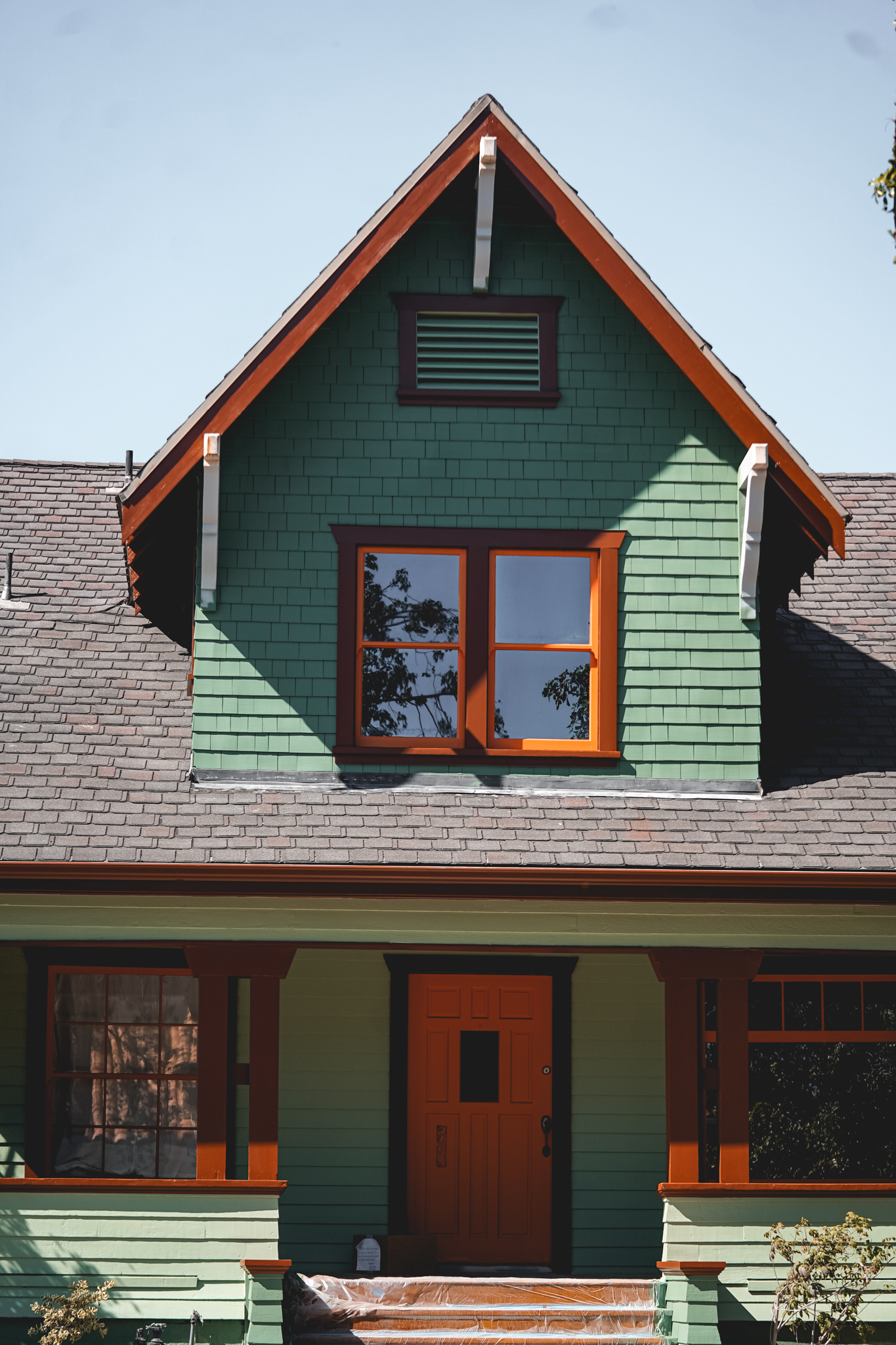Minimalist Home Design Guide
Minimalist Home Design Guide. Minimalism is a design and architectural concept that focuses on simplicity, clean lines, and the deliberate reduction of unnecessary elements. It’s about creating serene and uncluttered spaces that highlight the essential components of a room. Several key aspects define minimalism in interior design and architecture:
1. Uncluttered Spaces: Minimalism involves keeping spaces free of excessive decoration and clutter. This creates a sense of tranquility and openness.
2. Monochromatic Palette: Minimalist spaces often feature a monochromatic color palette, with shades of white, black, and gray being common choices. Occasional splashes of color may be used as accents.
3. Functionality: Minimalism prioritizes functionality. Every element in a room should serve a purpose and add value to the space. Furniture and decor are chosen for their practicality.
4. Form-Focused: Form is a crucial element in minimalism. The design of furniture, objects, and architectural elements should be simple and well-considered. Each piece should relate to the overall design in terms of its shape, color, and mass.
5. Light: Minimalist spaces often emphasize natural light. Large windows and open floor plans allow light to flood the room, creating a sense of airiness and tranquility.
6. Materials: Minimalist design values the use of high-quality materials. The beauty of these materials, such as wood, stone, and metal, should be allowed to shine through without excessive ornamentation.
7. Impeccable Craftsmanship: Attention to detail and impeccable craftsmanship is essential in minimalism. Precision in construction and installation ensures that all elements align perfectly, reducing the need for visible joints or trim.
8. Essential Components: Minimalist design seeks to distill elements to their essential components. Nothing is added for effect. This means that each element should have a clear and practical purpose.
Minimalism in interior design and architecture offers numerous benefits to homeowners. It creates a sense of calm and tranquility, reduces visual and mental clutter, and emphasizes the functionality of spaces. The design is timeless, making it a sustainable choice. Additionally, minimalism can work well for individuals with active lifestyles, as it provides a restful and unobtrusive environment, allowing the inhabitants to be the focus. It’s important to note that while minimalism may seem simple, achieving the desired look can be challenging, requiring careful consideration of every design element to create a balanced and harmonious space.
The Bathroom
Certainly, minimalism can also be applied to bathroom design, creating serene and uncluttered spaces that prioritize both functionality and aesthetics. Here’s a section on minimalism in bathroom design:
Minimalist Bathroom Design
Minimalism in bathroom design shares the same fundamental principles as in other areas of interior design and architecture. When it comes to bathrooms, this design concept seeks to create clean, uncluttered, and serene spaces that focus on essential components and impeccable craftsmanship.
1. Simplified Layout: Minimalist bathrooms often feature a simplified layout with well-defined areas for essential functions. This includes a clear separation between the shower, bathtub, sink, and toilet. The design should promote ease of use and efficient movement within the space.
2. Neutral Color Palette: Minimalist bathrooms typically favor neutral color palettes. White, gray, beige, and soft earth tones are commonly used to create a sense of cleanliness and tranquility. These colors can be complemented with occasional accents, such as black or natural wood, to add depth and warmth to the space.
3. Clean Lines and Shapes: Minimalist bathrooms emphasize clean lines and geometric shapes. Square or rectangular sinks, freestanding bathtubs, and frameless glass shower enclosures are popular choices. These simple, well-defined forms contribute to the overall sense of order and simplicity.
4. High-Quality Materials: Like in other minimalist spaces, the materials used in the bathroom should be of high quality and allowed to shine. Natural stone, marble, concrete, and sleek metallic finishes are commonly used to create a sense of luxury and sophistication. Quality materials contribute to the timeless appeal of the design.
5. Functional Storage: Minimalism doesn’t mean sacrificing storage. In fact, well-designed storage solutions are essential in keeping a bathroom uncluttered. Floating vanities, built-in shelving, and hidden storage behind mirrors or walls are often used to maintain a clean and organized appearance.
6. Immaculate Craftsmanship: Achieving a minimalist bathroom design requires attention to detail and precise craftsmanship. Tiling, fixtures, and cabinetry should align perfectly, with minimal visible joints or seams. This level of precision contributes to the overall sense of harmony and simplicity.
7. Thoughtful Lighting: Lighting in minimalist bathrooms is functional and plays a significant role in the design. Well-placed and understated fixtures can provide the right amount of illumination while enhancing the overall aesthetic. Large mirrors and ample natural light sources are often used to make the space feel open and inviting.
8. Minimal Decor: In keeping with minimalist principles, decor in the bathroom is kept to a minimum. A few carefully selected, high-quality accessories may be used to add character and personality without overwhelming the space.



